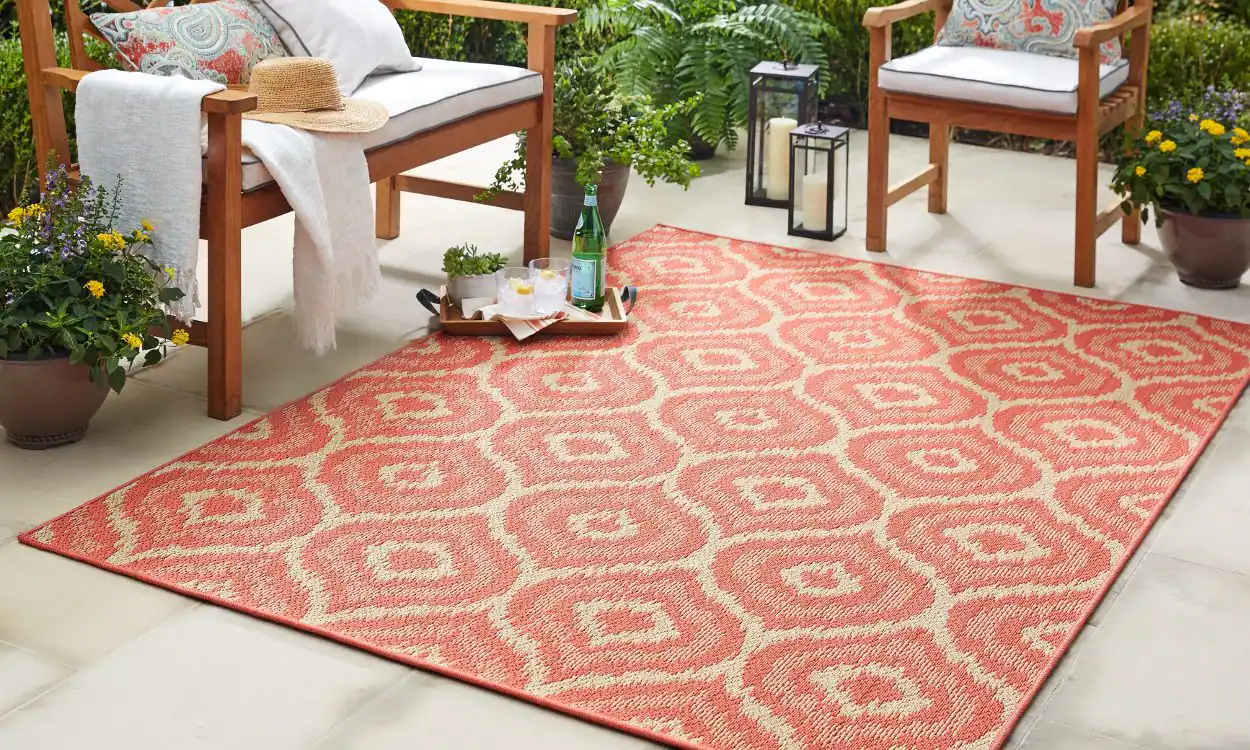Vintage turkish rugs are a design go-to for their ability to add character and charm to a room. Their superior quality is a testament to the dedication and craftsmanship of Turkish artisans.
The artisan starts by preparing the wool for weaving by dyeing it in desired colors using traditional methods. This process typically takes weeks and sometimes months to complete.
Hand-knotted
Vintage Turkish rugs are among the finest woven carpets in the world. They are crafted in Turkey and its nearby weaving centers, and they carry outstanding Oriental designs that draw from tribal art. They’re woven using a variety of styles and knots, but the Ghiordes or symmetrical knot is the most common.
The colors on traditional turkish rugs are derived from natural, plant-based dyes. This gives the rugs their signature aesthetic and adds to their longevity and durability.
Rugs made with these natural dyes are more eco-friendly and have a richer color palette. They also have more intricate patterns and details than their modern counterparts. Bring the timeless elegance of a vintage rug home to complement any interior design style. Pair a low-key Oushak with wood accent pieces for a cozy living room or a boldly patterned rug with classic rock memorabilia to create a sophisticated space.
Natural Dyeing
Before the invention of synthetic dyes in the 1860’s, rug weavers relied on natural, vegetable dyes. Those days, you can still identify a naturally dyed rug by the color variations of the wool. This variation is called abrash and it indicates that the wool was dyed with natural dyestuffs.
Chemical dyes look harsh, corrode the wool and often fade quickly. In contrast, the colors of natural dyes fade gently over time, resulting in the mellow patina so admired in antique rugs. If you are interested in a naturally dyed rug, it is best to purchase an antique piece that was made before the invention of chemical dyes. Fortunately, chemical analysis is now available to test a carpet’s dyes. That is far more reliable than the old “experienced eye” test.
Patterns
The patterns in vintage Turkish rugs are both subtle and complex. From entwined botanical designs to rhythmic geometries, they evoke age-old cultural and aesthetic traditions.
Unlike their modern counterparts, which may incorporate synthetics for cost-effectiveness and durability suited to 21st century life, vintage Turkish rugs feature soft, lustrous wool of a notably high quality—a reminder of weavers’ ancestral sheep herding culture. These qualities give antique Turkish pieces a sense of balanced serenity and idiosyncratic personality.
Weaving techniques vary from region to region, with each style having its own unique identity. One of the most popular types is the Kayseri rug, which comes from Central Anatolia and features symmetrical knotting with a twill foundation. This allows for a softer visual texture and subtle gradations of hue that would be impossible with chemical dyes.
Materials
Known for their exotic aesthetics, Turkish rugs use high-quality materials such as wool or cotton that are dyed with natural dyes. This makes them extremely durable and a wonderful investment as they last for years.
Originally, Turkish rugs were made out of necessity by nomadic tribes. They needed a warm, protective floor covering that could be easily transported as they moved from one place to the next.
Today, they are used to add warmth and elegance to homes. From rustic spaces to palatial drawing rooms, Turkish rugs can be used as a focal point in any room. Typically, the rugs have intricate designs that are woven into the fabric of the rug. The design reflects the superior weaving technique, which can be confirmed by turning the rug upside down.
Origins
Vintage Turkish rugs tell stories of spiritual practice and beliefs, tribal and cultural experiences and family history. They also convey messages of hope, joy and peace through their color and visual motifs.
Whether you opt for a low-key kilim or a boldly patterned rug, these antique pieces have an organic, lived-in look that instantly elevates any room. Pair them with a classic wooden coffee table and retro conversation pieces like record players and classic rock memorabilia to create a vibe that’s effortlessly cool and cozy.
Vintage rugs from Turkey are easy to identify because of their red wefts, wool warps and symmetrical Ghiordes knots. Correlating these traits with known patterns can help narrow down a rug’s origin to Turkey or the Caucasus. Other characteristics, like the type of yarn used, can further refine the origins to a specific region or age period.



